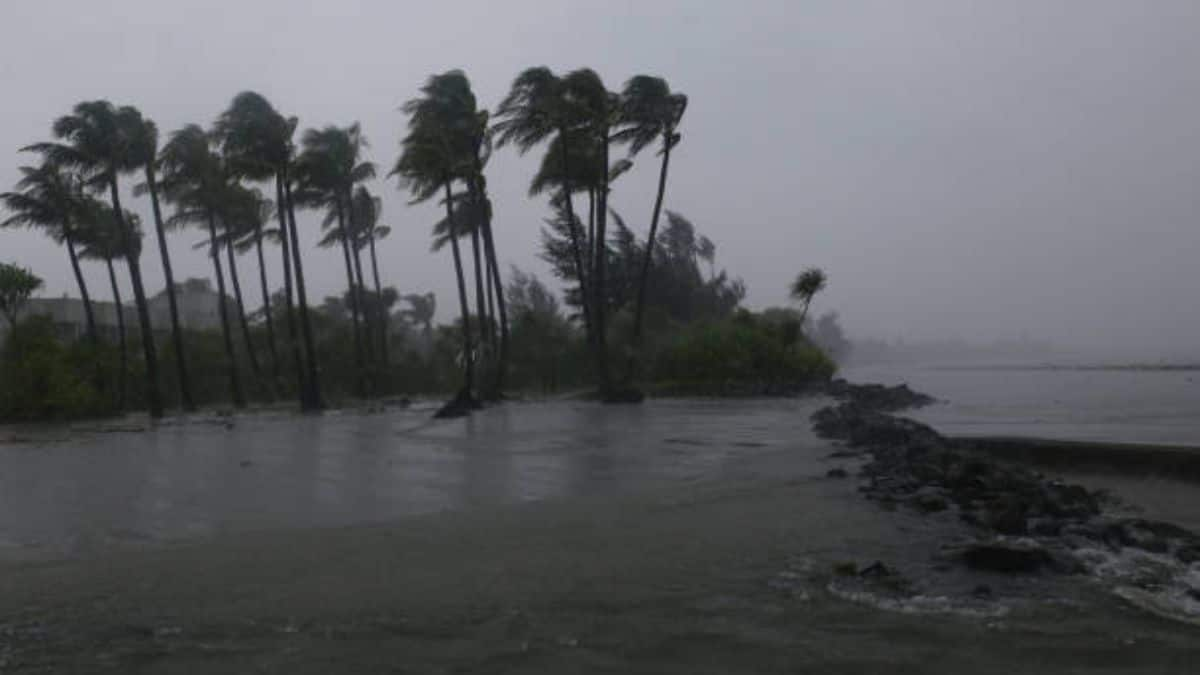Cyclone Hamoon made landfall in coastal areas of Bangladesh. The storm brought heavy rain and strong wind along with it. India is witnessing twin cyclonic storms for the first time after 2018.
While Cyclone Tej developed in Arabian Sea, a deep depression in the Bay of Bengal caused Cyclone Hamoon. It has intensified into a ‘very severe cyclonic storm’ and is set to weaken in the next six hours.
Tropical cyclones which form over different ocean basins are named by centers which are associated with the concerned cyclone’s region such as Regional Specialised Meteorological Centers (RSMCs) and Tropical Cyclone Warning Centers (TCWCs).
There are six regional centers all over the world which includes India’s Meteorological Department RMSC and six TCWCs are responsible for the issue of advisories along with naming the cyclone.
In tropical regions, a cyclone receives a name once it is determined to have attained the intensity of a cyclonic storm, featuring wind speed of 65 kilometers per hour (40 mph). The selection of these names are made from a fresh roster provided by the Regional Specialized Meteorological Center in New Delhi around the middle of the year 2020.
There is no permanent retirement of tropical cyclone names within this area, as the designated list is intended for single usage before a new compilation of names is prepared. If a named tropical cyclone enters the basin from the Western Pacific, it will keep its initial name.
The next cyclone that can hit the Indian subcontinent is called ‘Midhili’ which Maldives has named. Names for the cyclones are proposed alphabetically and are used in rotation.
The countries that are affected by the cyclones formed in the Arabian Sea and Bay of Bengal name them in a sequence which is – 1) Bangladesh, (2) India, (3) Iran, (4) Maldives, (5) Myanmmar, (6) Oman, (7) Pakistan, (8) Qatar, (9) Saudi Arabia, (10) Sri lanka, (11) Thailand, (12) United Arab Emirates, (13) Yemen.
The names are chosen in a manner that assures neutrality in its political and religious nature. It is a long process to name the storms and involves neutral authorities. It is made sure that the names do not hurt the sentiments of any community.

Leave a Reply